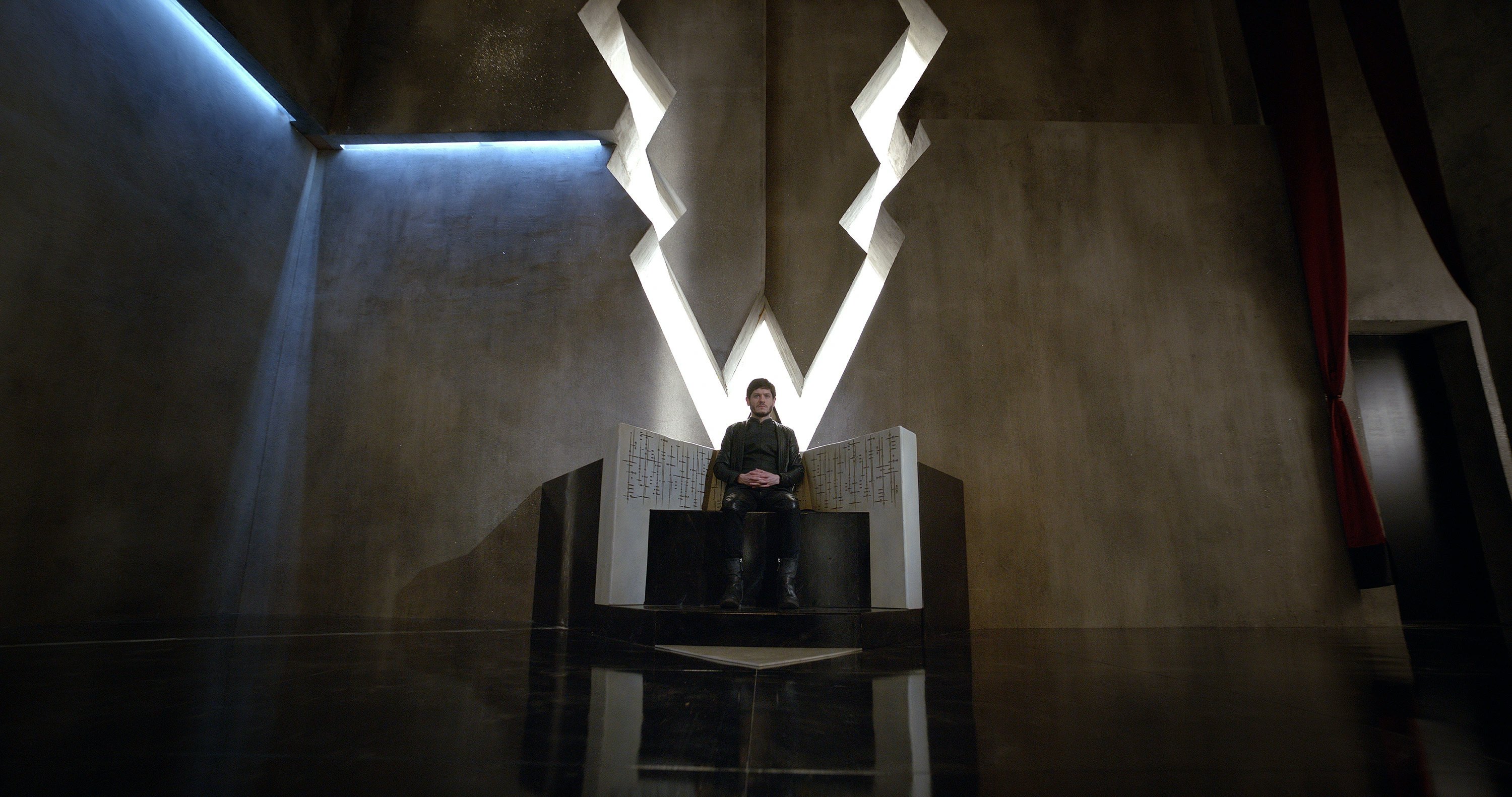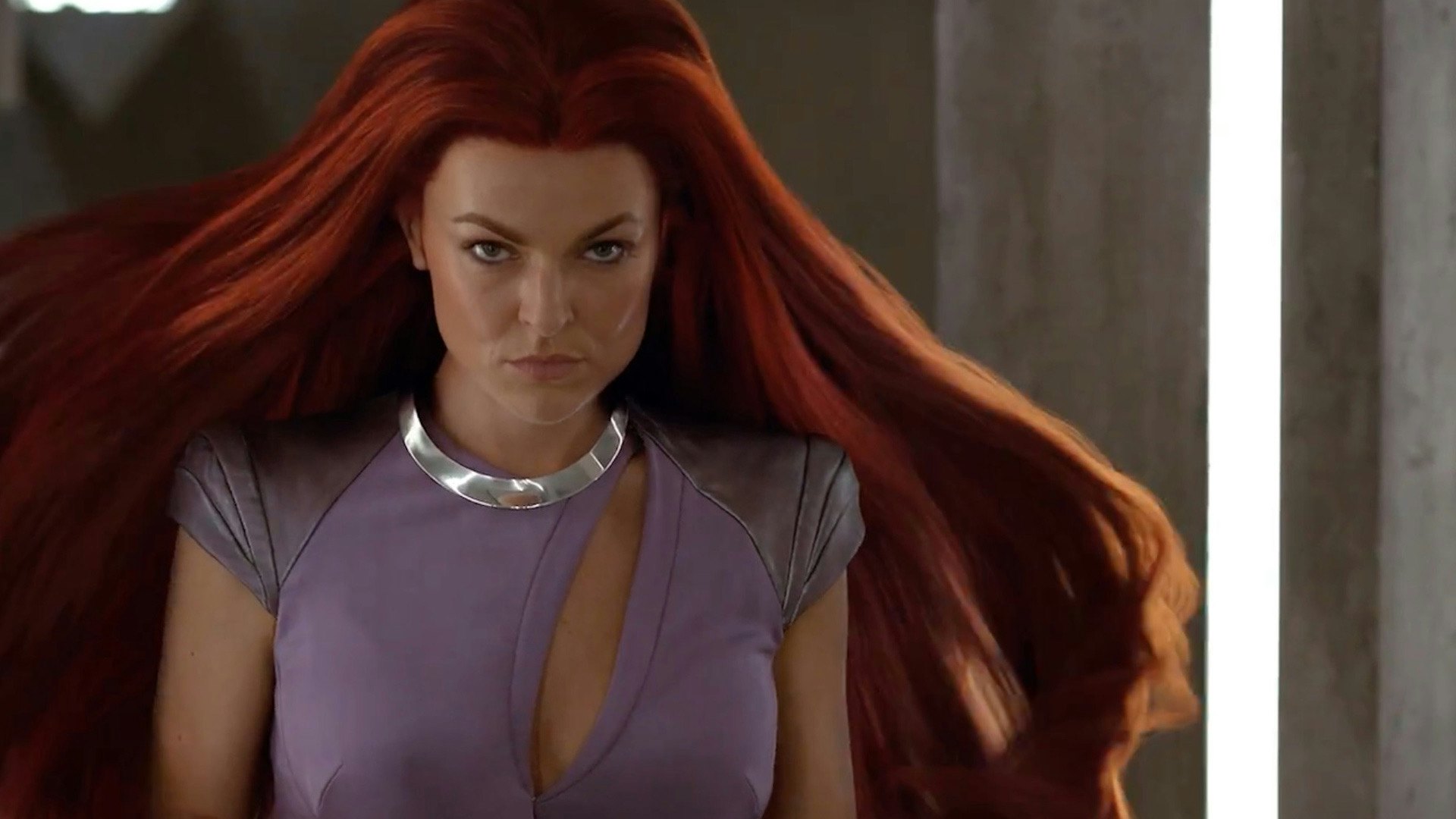
At this point in pop culture history, the behind-the-scenes story of Marvel Studios is almost as mythic as the on-screen story of gods and superheroes that plays out in the MCU.
In 2008, Marvel Studios famously bet it all on Iron Man, a film about a superhero most people had never heard of starring an uninsurable actor many considered to be past his prime. We all know what happened next: Robert Downey Jr.’s performance as Tony Stark was a revelation, Iron Man was a good movie and a smash hit, and the MCU would go on to become the most successful film franchise of all time.
But the path to Marvel’s success isn’t only been paved with career-defining performances and big bets that pay off. No, there have been more than a few stumbles. Arguably the biggest swing-and-miss of all came five years old, in the form of a little show with outsized ambitions...
To be fair, Marvel’s Inhumans wasn’t Marvel Studios’ failure; it was Marvel Television’s failure. In 2019 — likely, in part, because of failures like this one — Marvel Television was officially folded into Marvel Studios, with Kevin Feige taking over creative control for the production division’s many projects. Prior to that, however, Marvel Television was its own entity under the corporate umbrella. It was run by Jeph Loeb, who found moderate success with projects like Agents of SHIELD, Legion, and Netflix’s slate of interconnected Marvel superhero stories. (Not to mention my personal favorite, Freeform’s Cloak & Dagger.)
Meet the Inhumans
Inhumans are a race of altered human beings with dormant superhuman genes that can be activated through a process known as Terrigenesis. They were first adapted into live-action form in the second season of Agents of SHIELD, where they mostly popped up as characters who believed themselves to be human until they suddenly developed superpowers after being exposed to Terrigen Mist.
Most diehard fans presumed this introduction was a way to introduce viewers to the concept of Inhumans before their planned feature film premiere in Phase 3 of the MCU. However, a 2015 reorganization at Disney-owned Marvel Entertainment led to Marvel Studios and Feige breaking free of Marvel Entertainment CEO Ike Perlmutter’s control in favor of Disney studio chief Alan Horn. Perlmutter got the Inhumans in the divorce, and the feature film plan was scrapped.
Marvel’s Inhumans was to be the first MCU project that centered the Inhuman Royal Family, characters first introduced by Stan Lee and Jack Kirby in 1965’s Fantastic Four #45. The show — which made its TV debut on September 29, 2017 — begins in Attilan, a secret, ostensibly high-tech Inhuman city on the moon.

When Maximus (Game of Thrones’ Iwan Rheon) stages a military coup to seize control from brother Black Bolt (Strange New Worlds’ Anson Mount), most of the Royal Family flees to Hawaii. (Because, if you’re going to flee to Earth, why not make it Oahu?) Once there, they work to reclaim control of their home from Maximus and maybe to save Earth in the process.
The show ran for eight, terrible episodes on ABC before getting canceled. If that had been the scope of its ambition, it might not be worth mentioning five years later. Plenty of terrible broadcast TV shows premiere and fail every network season — in fact, most TV shows fall into this category. But Inhumans was not just a random TV show; not only did it have the Marvel brand name attached, it had ambitions far greater than a broadcast run...
A big idea— Marvel’s Inhumans was a co-production between Marvel Television and IMAX Corporation (in conjunction with ABC), and the corporate entities had larger-than-life plans for the next Marvel story. Two weeks before the series premiered on ABC, it would debut in IMAX Theatres around the world, making it the first TV show ever to premiere in IMAX.
I love this ambition, and it’s the kind of game-changing model that Marvel has pulled off in other aspects of its development as a company. Even in 2017, we were already starting to see a conflation of the cinematic and television distribution models in the form of streaming services. More and more, movies would be making their debut, not in theaters but as only accessible through at-home devices like TVs, laptops, tablets, and phones.
For those who value (and who can afford) the collective film-going experience, there are fewer and fewer opportunities to see event movies actually at the movies. TV portals are sucking up most of our movies, but the reverse isn’t true. There are real reasons for this. Not only is the TV model not set up for theatrical distribution, but it’s also way cheaper to slap a movie or TV show on a streaming service a company already owns than to distribute it in theaters. It’s also way cheaper to make a TV show that looks good on a TV screen than it is to make a TV show that looks good on a movie screen. (Note: Inhumans looked bad on both.)

Still, there are ways to break out of the traditional TV distribution model, as IMAX demonstrated with Inhumans and with Game of Thrones before that. In 2015, IMAX screened the final two episodes of Game of Thrones Season 4. The theater event came six months after the episodes were initially broadcast on HBO broadcast, and while the box office didn’t set the world on fire, it did demonstrate that — for certain TV properties — fans are willing to spend money to watch episodes in theaters, even after they have already seen them on TV.
Given how much of an epic failure Inhumans was — both narratively and commercially — I doubt IMAX is considering investing in another TV production anytime soon. But I wish they would. There are TV shows, by virtue of their visual achievements or their position in our pop culture, that could support a theatrical window. (We’ve also seen it with Fathom Events’ strategy of screening nerdy properties like Doctor Who.) And for an industry that is desperately trying to find ways to fill its theaters, non-traditional moves like this one make sense in a rapidly changing media landscape.
The Marvel Studios we know today was the result of executives swinging big and envisioning something outside of the existing media models. While Marvel’s Inhumans was undoubtedly a failure, I can’t help but admire its ambition. IMAX and Marvel’s experiment in TV-as-cinema didn’t fail because the model is a bad idea, it failed because Inhumans was a bad idea.
Inhumans is streaming on Disney+, but you probably shouldn’t.







